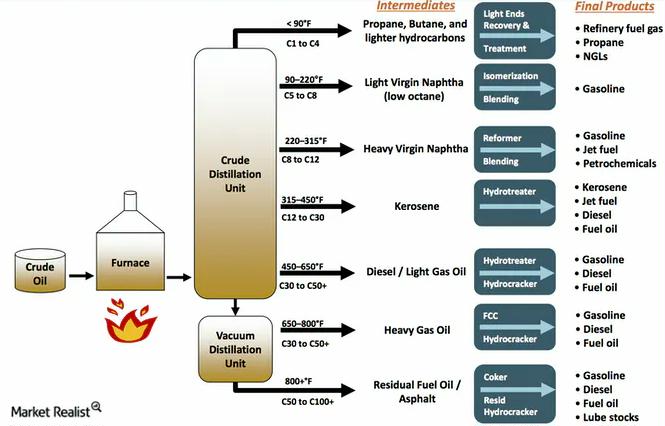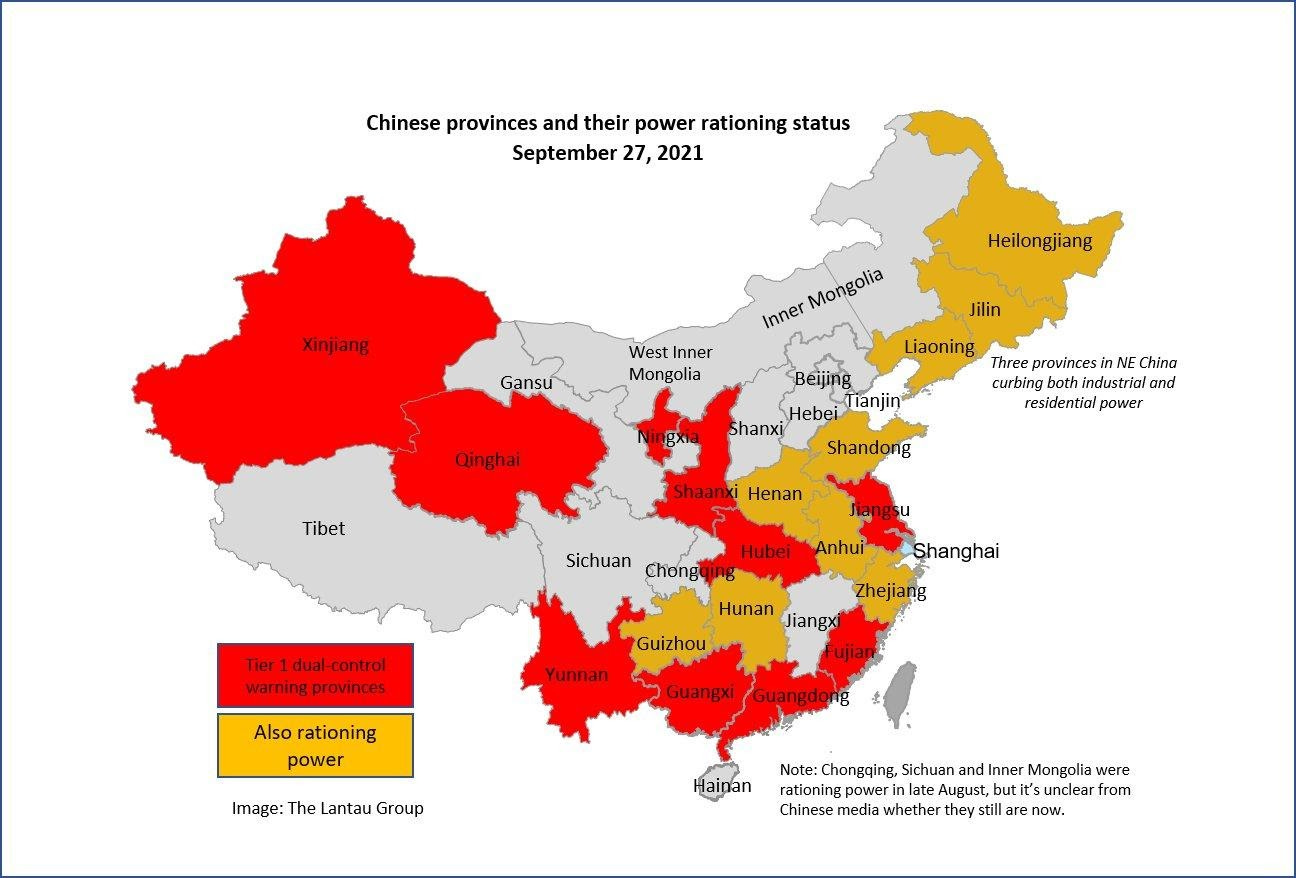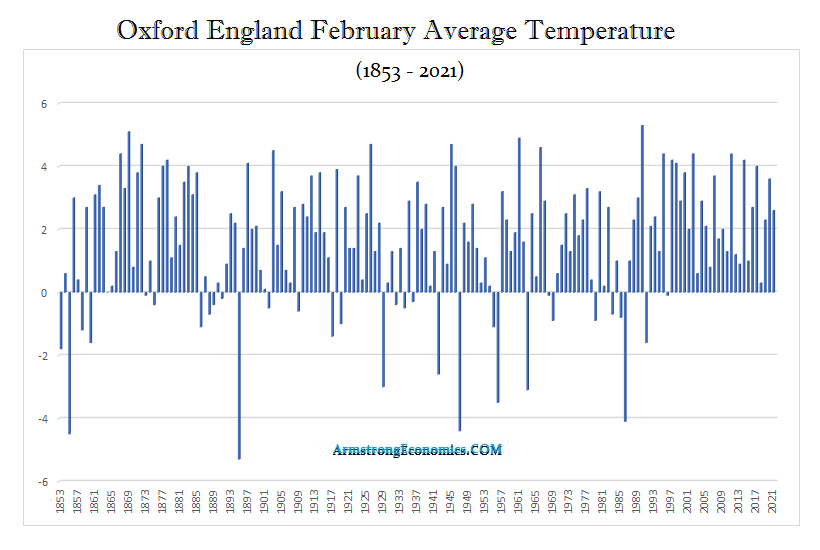LONDON — Much of the world is suffering a punishing energy crisis.
Homes and factories across China are shrouded in darkness. India’s coal-fired power stations are running on scraps. Dozens of British utilities firms have gone bust. Spain announced emergency legislation after household utility bills shot up more than a third in one year. And there are fears that a harsh winter in the United States could deliver Americans’ most expensive heating costs in years.
Energy shortages are sweeping the world even before winter’s cruelest months freeze the Northern Hemisphere, and officials and experts point out that the multiple issues behind the crunch will make solutions harder to come by.
This cocktail of causes is a mix of bad weather, China trying to kick its addiction to dirty coal and even allegations that Russia is throttling the natural gas market for political gain. But most experts agree the central driving force has been the Covid-19 rebound. Stirring out of lockdowns, people are simply consuming energy faster than production can be rekindled after a year of idling.
“It’s like a car that’s been taken off the road for a while and now we want to restart it quickly — it takes time,” said Jianzhong Wu, a professor specializing in energy infrastructure at Wales’ Cardiff University.
…click on the above link to read the rest of the article…





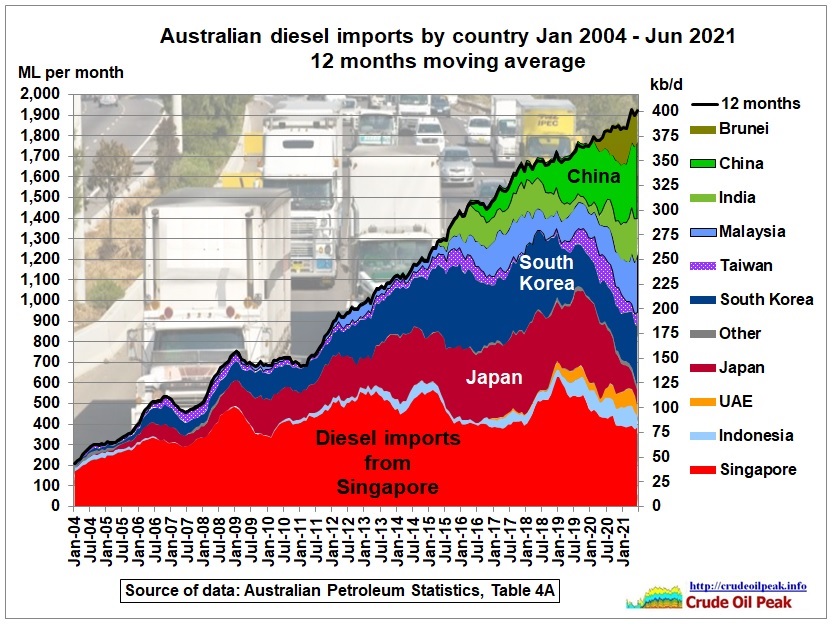 Fig 1: Diesel imports timeline – by country
Fig 1: Diesel imports timeline – by country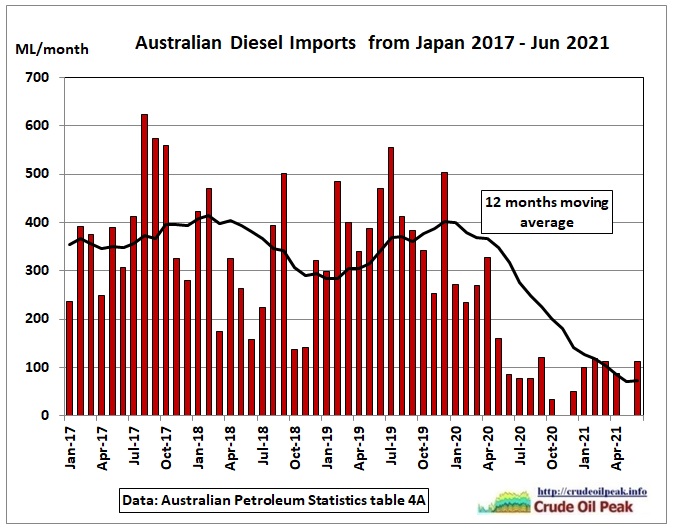 Fig 2: Diesel imports from Japan dropped by 75%
Fig 2: Diesel imports from Japan dropped by 75%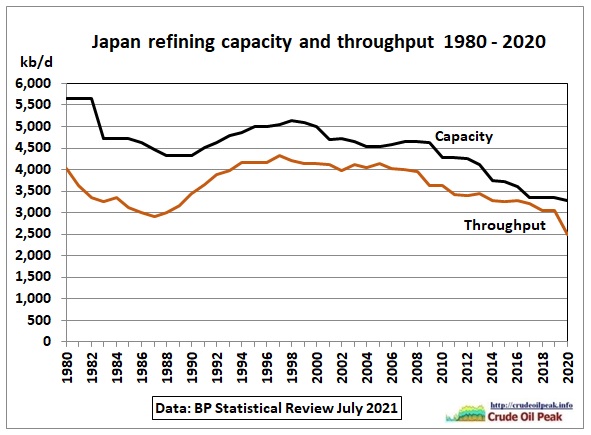 Fig 3: Japan’s refining sector (sixth largest in world)
Fig 3: Japan’s refining sector (sixth largest in world)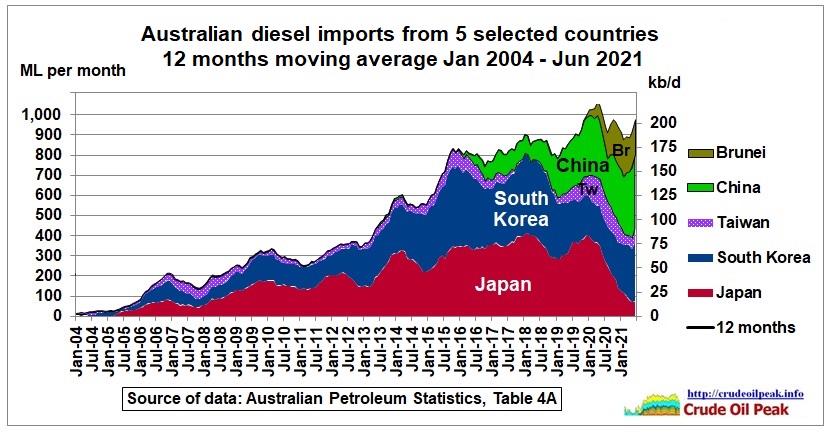 Fig 4: Diesel imports from North East Asian countries and China’s refinery in Brunei
Fig 4: Diesel imports from North East Asian countries and China’s refinery in Brunei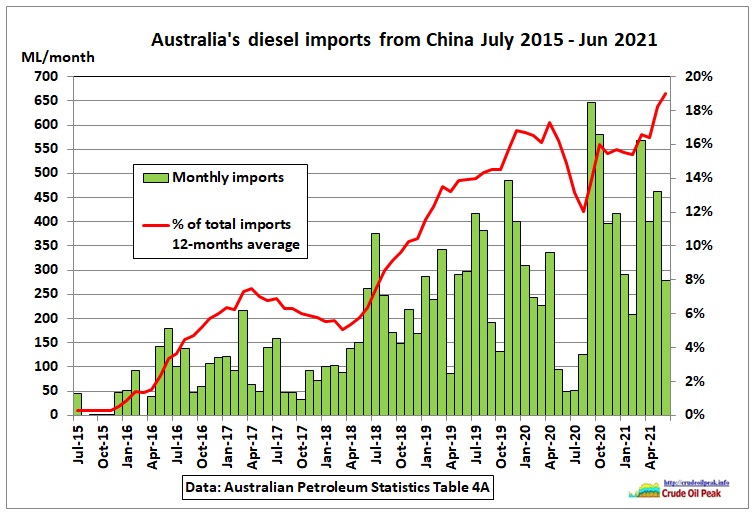 Fig 5: Diesel imports from China
Fig 5: Diesel imports from China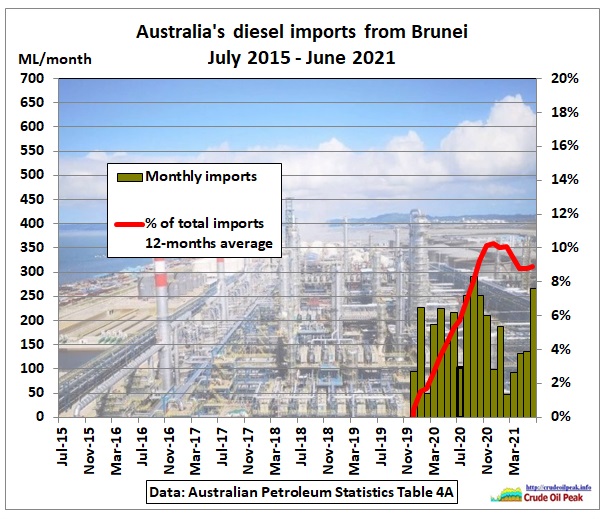 Fig 6: Diesel imports from Brunei
Fig 6: Diesel imports from Brunei